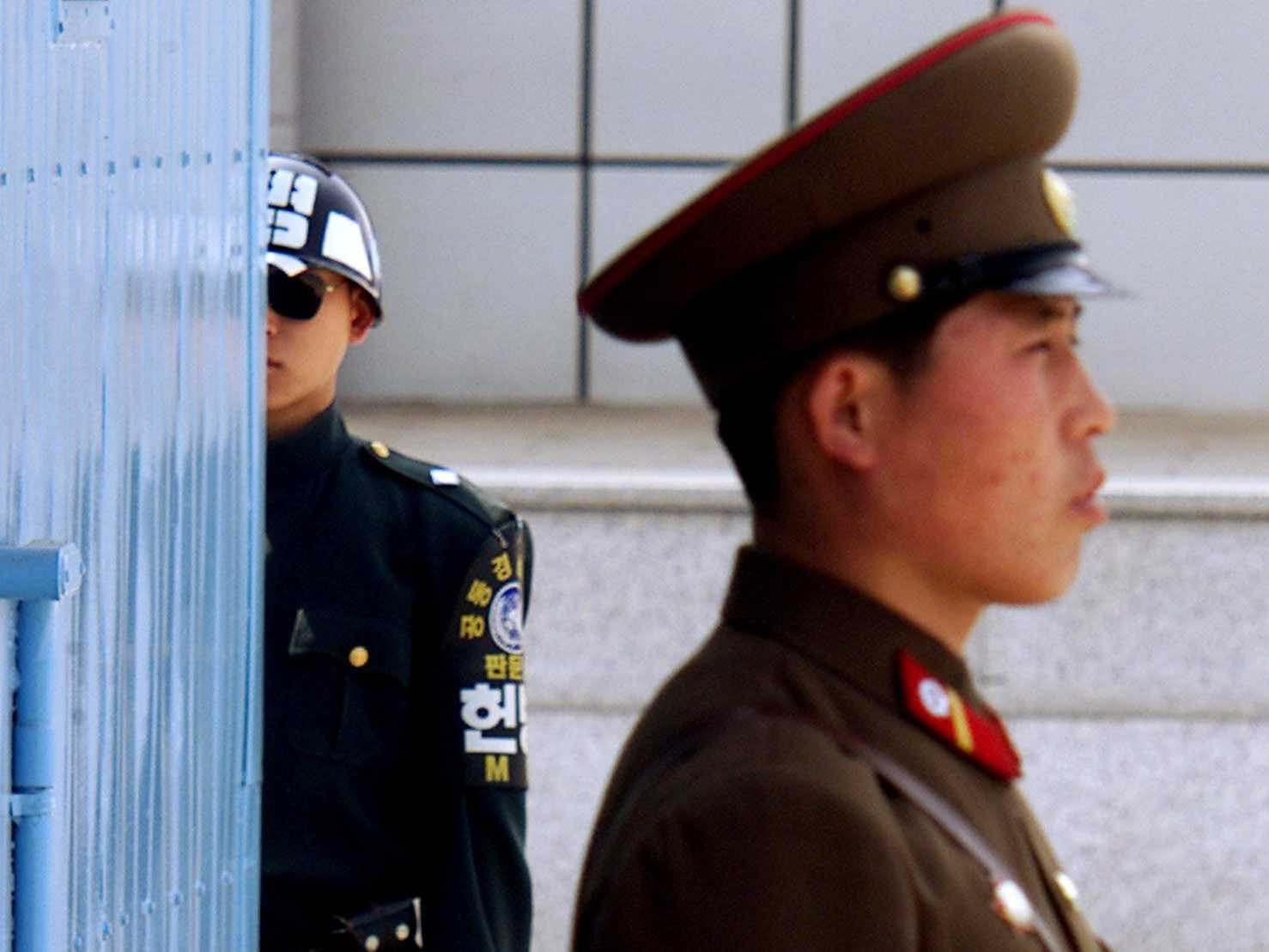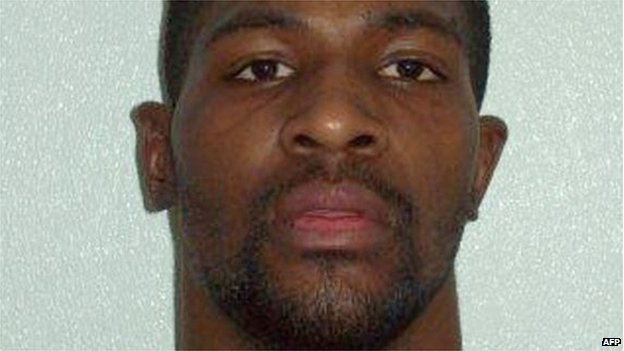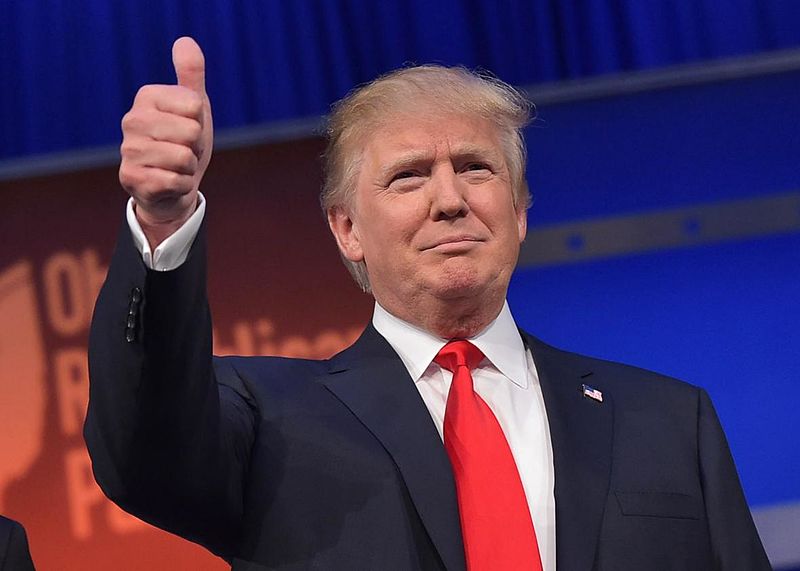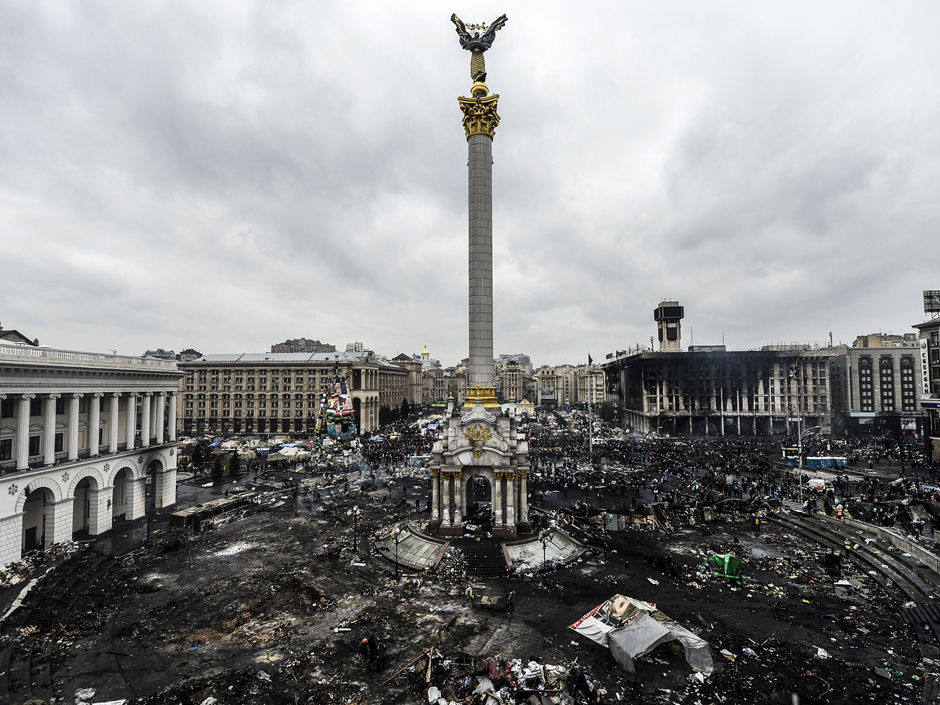In December 2014, I returned to South Korea 4 years after having spent a year living and working in Busan. While in Seoul, I visited the Demilitarized Zone (DMZ) and took part in a tour of Panmunjom, an experience I will always remember. While on the tour, I had the great privilege of meeting a North Korean defector, who shared her harrowing journey of escape from North Korea. My time at the DMZ allowed me to conceptualize the Korean rivalry in a new light. Moreover, it allowed me to visualize what a unified Korea would mean for the thousands of families separated by the war.
The Cold War Remembered
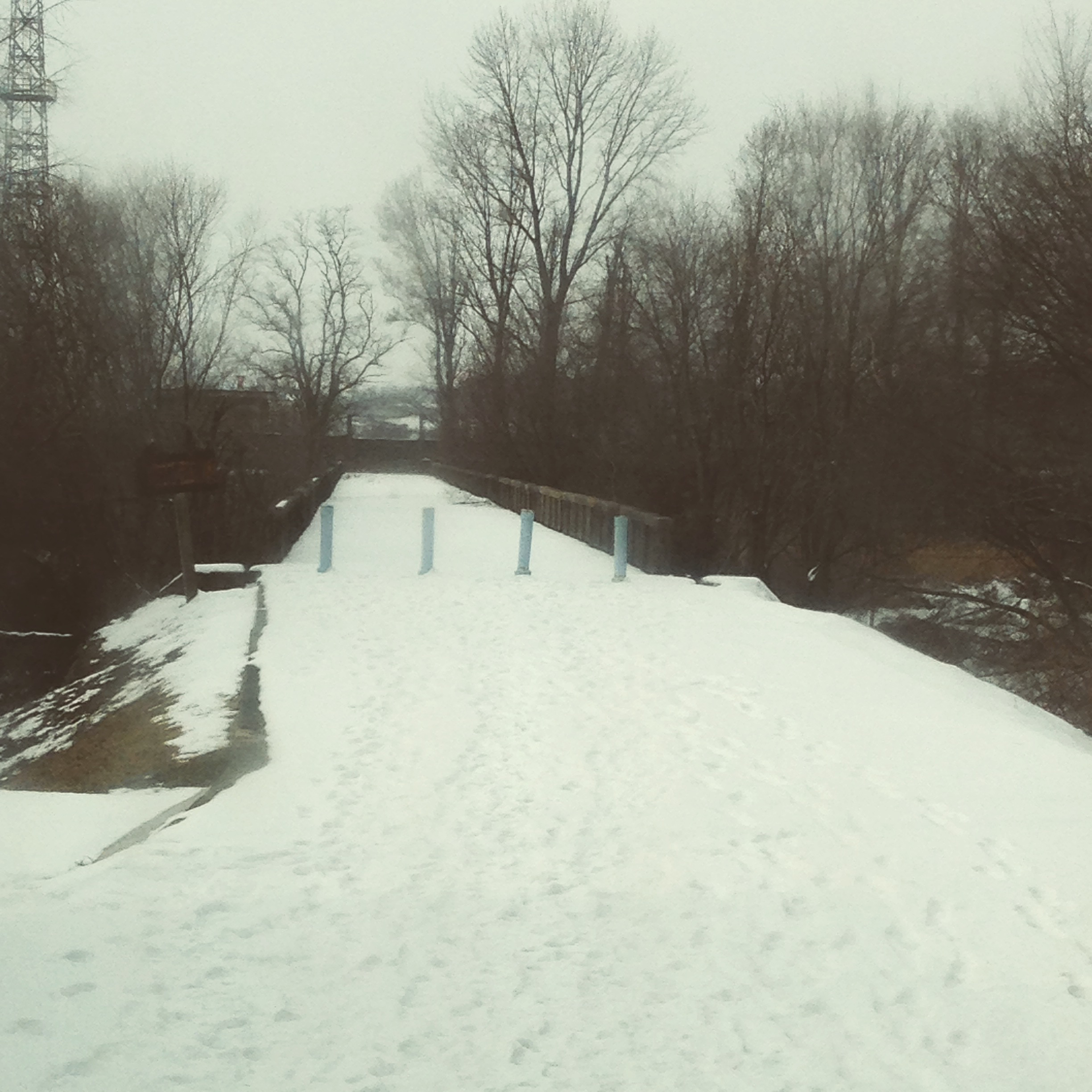
2014 marked a historic year for the celebration of the triumph of democracy over communism. The year marked the 25-year commemoration of the collapse of the Berlin wall, which gave way to the fall of the Soviet Union, the global unravelling of communism and the subsequent reunification of Germany. Today, the Democratic People’s Republic of Korea (DPRK) remains one of the last authoritarian dictatorships in the world for the establishment of democratic norms, human rights and international law and institutions. Moving into a new year, many remain hopeful for the prospect of reunification of North & South Korea, however, it would seem that South Korea, and the rest of the international community, have yet to find the right balance between diplomacy and security.
Military Expediency Rules the Day
The 38th Parallel was established during the final hours of World War II. With Cold War tensions reaching dangerous levels, time was of the essence, and the 38th Parallel was intended as a temporary dividing line between the two Koreas. Early attempts at re-unification failed, and within two years the Korean Peninsula would be engaged in a war, which would ultimately see the death, injury, disappearance and displacement of 2.5 million Koreans. A ceasefire was signed in 1953 in Panmunjom, bringing an end to hostilities between the two sides and allowing for the establishment of the Demilitarized Zone (DMZ) and the Military Demarcation Line (MDL) where the Joint Security Area (JSA) is housed. Despite its name, this 4-kilometer strip of land separating the two Koreas is the most heavily armed and fortified border in the world. For the thousands of tourists who visit the DMZ every year, it is a surreal reminder of the last vestige of cold war fronts. For many Koreans however, it is a reminder of the war, which witnessed the separation of countless families, and it is a deep wound that embodies the painful memory of a once unified nation
Cooperation and Collaboration on the Korean Peninsula
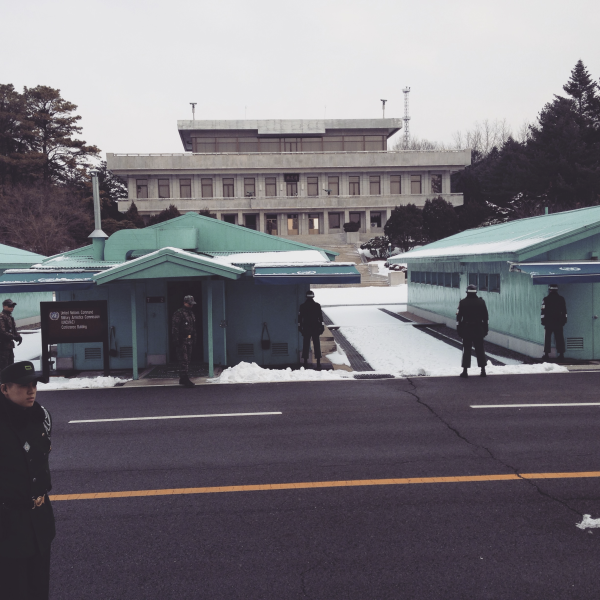
The collapse of communist governments around the world, following the fall of the Berlin wall, forced North Korea to diversify its economic strategy away from dependence on the Soviet Union. This included realigning its foreign economic relations, and increasing economic exchanges with South Korea. Despite on-going hostilities, the North and South Korean governments have managed to collaborate on a number of joint economic and tourist ventures, which have, albeit temporarily, fostered some level of cooperative relations. The 1990s and early 2000s yielded greater growth in joint economic relations between the two Koreas, which owed much to the Sunshine Policy of South Korean President Kim Dae Jung.
The Sunshine Policy paved the way for the development of the Kasesong Industrial Complex, part of a master plan to raise the North’s standard of living and facilitate reunification. It also gave way to the Mount Kumgang Tourist Region, which opened in 1998, and saw nearly 2 million inbound tourists before it was closed to South Koreans after a 2008 incident. In February 2014, the North and South Korean governments allowed for the first family reunions in 3 years between North and South Korean families separated by the war. The program was suspended in 2010 after North Korea attacked Yeonpyeong Island with artillery fire, setting off the worst clash between the two Koreas since the war. The reactivation of the family reunion program would represent a small but significant step towards better relations, and quite possibly, the future prospect of reunification.
Political, Economic and Social Implications of a Unified Korea
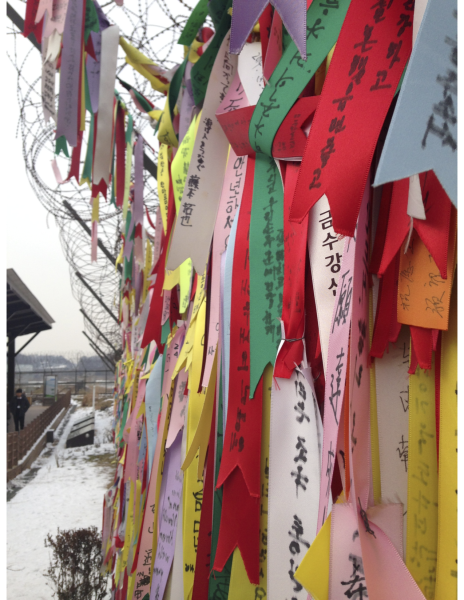
Although delayed by several domestic incidents, most notably the sinking of the South Korean ferry Sewol, South Korean president Park Gyeun-hye has positioned Korean unification as a core policy priority and central tenent of her political platform. She has created a special committee to prepare for Korean unification, which will be chaired by Park herself, and will consist of more than 70 people from government, the private sector and academia. President Park has proposed collaboration between Seoul and Pyongyang in the areas of humanitarian issues, infrastructure development, and restoring a sense of common nationhood. This has left many to criticize the parallels between the Korean re-unification platform and the German ‘unification by absorption’ model.
The 2040 Korea Unification Vision Report outlines how a unified Korea could shift the balance of power in the region, creating a military and economic powerhouse with a population of 80 million people and the 7th largest economy in the world. Not to mention, the countless families that would be reunited, and the drastic increase in the standard and quality of living for most North Koreans.
The greatest threat to reunification is time, and as the survivors of the Korean War era continue to age and pass on, the link between North and South begins to fade. Not many remember life before the split, and less than a tenth of South Koreans were born before 1940. Galvanizing and empowering young South Koreans will prove vital to the reunification effort. There is no denying that the political, social and economic challenges of reunification are enormous; however, many remain optimistic that short term sacrifices will yield a more powerful and prosperous unified Korea in the long term.
Photos featured within the article were taken by Adena Eliasoph.

